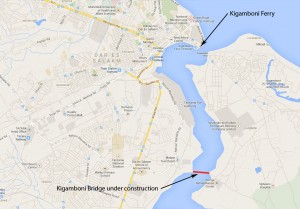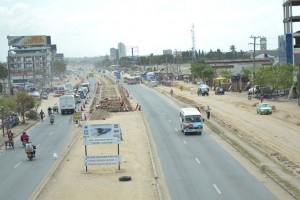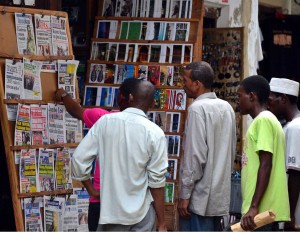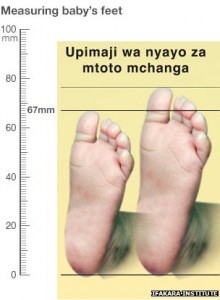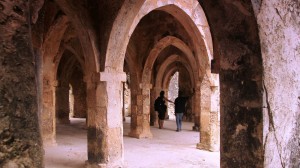by Ben Taylor
Air travel
A direct flight linking Dar es Salaam with China has been promised by Hainan Airlines of China. This was announced by the company chairman, Chen Feng, during a visit to China by the Tanzanian Prime Minister, Mizengo Pinda. Dar es Salaam should aim to become a hub airport for passengers from across Africa travelling to China. (Daily News)
The recent emergence of FastJet as a low cost airline continues to shake up the domestic scene, offering one-way tickets from Dar to Arusha, Mwanza and Mbeya for as little as TSh 32,000. This price is comparable with bus fares, and brings the cost of flights within range for a much larger number of Tanzanians.
Perhaps as a result, Precision Air is struggling. A report by the airline’s auditors, Ernst and Young, presented to their AGM in November, found the company’s finances in bad shape. The company’s liabilities exceeded its assets by $53m, and it made a $18.7m loss in its last financial year. Previously, the company requested a government bailout of $32m, but this was rebuffed. (East African)
Innovations in Dar es Salaam
Construction of the 6-lane road bridge connecting Kigamboni with Dar es Salaam city centre is well under way. The first of two pylons needed for the 680m long cable-stayed bridge has been completed. It will connect Kurasini and Vijibweni, upstream of Dar es Salaam port, at a reported cost of Tsh 200bn. There are also plans for a new satellite city in Kigamboni [see “Tanzania in the international media” section]. (Daily News)
The sustainability of Dar es Salaam’s experiment in commuter trains has come into question. It has been found that the 12km line between Ubungo and the city centre is running at a daily loss of Tsh 2m. The initiative [see TA 104] was the brainchild of Minister of Transport, Harrison Mwakyembe, and carries an estimated 5,000 passengers per day, each paying TSh 400 (£0.15). (Citizen)
Work continues on preparing Morogoro Road and connected major arteries for the Dar Rapid Transport scheme. Under this scheme, large commuter buses will replace daladalas, and will operate along dedicated lanes [see TA 98]. Phase 1 links Kimara, Ubungo and Morocco with Kariakoo and Kivukoni – a total of 21km – and is scheduled to begin operating in July 2015. Phase 2 (Kilwa Road) and Phase 3 (Nyerere Road) will follow. (Daily News, the Guardian)
Rail expansion
In what could become the biggest overhaul and expansion of Tanzania’s rail network for a generation, several schemes are in various stages of development. This has been prompted in part by China’s re-emergence as a major player in Tanzania, and in part by political and economic competition within East Africa.
A competitive tender has been launched for a railway line connecting Mtwara with the Chinese-owned Liganga-Mchuchuma mine complex in Ludewa district, Njombe region. It will pass through Songea, and will include a branch line to Mbinga and Mbamba Bay on Lake Nyasa. Newspaper reports of the expected cost range from $1.5 billion to $3.6 billion. (Citizen, Daily News)
Plans are also under discussion to upgrade and/or extend the country’s three major existing lines, though they have been met with scepticism by observers. The Minister of Transport, Harrison Mwakyembe announced a plan to upgrade the Tanga-Arusha line and to extend it as far as Musoma. Japanese support for the central line has been promised, with the eventual goal of upgrading the line to standard gauge; and there has even been talk of an extension from Isaka to the Rwanda capital, Kigali. A Chinese-supported upgrade of the TAZARA line is already in motion, with six new diesel engines delivered in November. (Daily News, Guardian)

